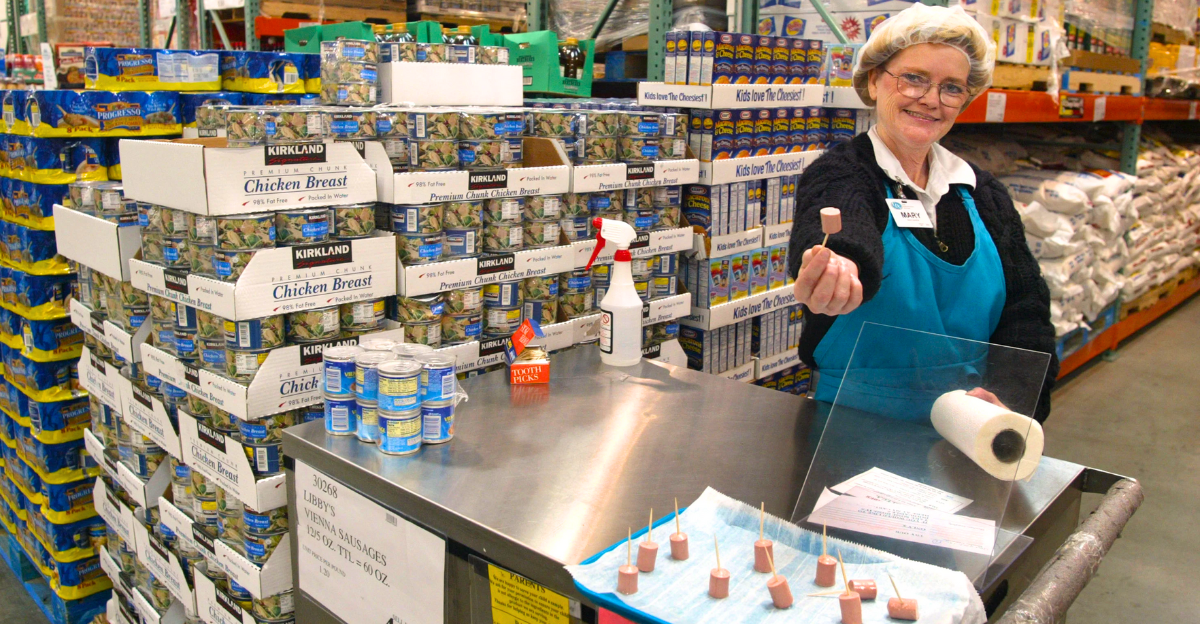
Costco’s famous free-sample ritual is facing its strictest rules yet. In summer 2025, the warehouse chain quietly mandated that no child may receive a sample without an adult escort (at all 634 U.S. locations).
Company memos cited allergy and safety liability as the reason. For families used to the old routine, the change is abrupt: bustling kids’ arms full of treats must now stop at the cart’s edge.
The new rule echoes Costco’s pandemic-era ban, but this time without any timeline for rollback.
Automation Wave
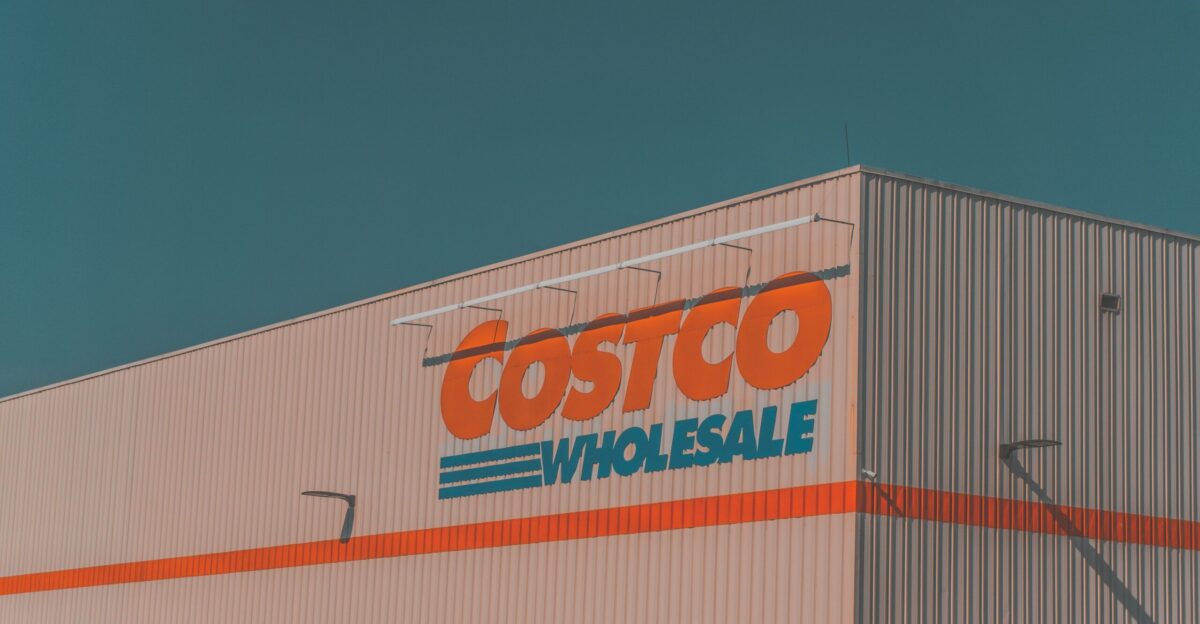
At the same time, Costco has started piloting self-serve sample kiosks. For example, its Issaquah (WA) headquarters store installed a Mott’s Fruit Snacks dispenser where shoppers simply “take one” without an attendant.
These machines are cheap (one analyst notes they are “cheaper than paying someone a wage”) and can churn out hundreds of bites per hour.
But they lack the friendly pitch that made demos legendary. In fact, Costco’s demos once drove sales up to a 2,000% boost for sampled items.
Critics warn that replacing people with plastic arms will save labor costs but sacrifice the sales lift of a good conversation.
Employment Structure
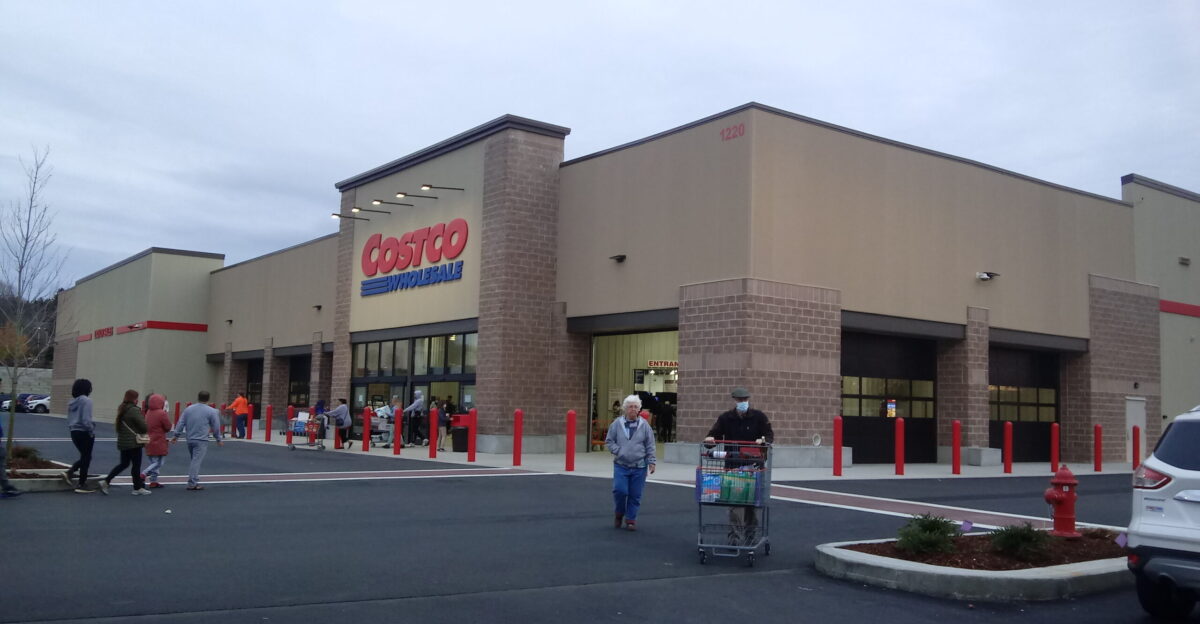
Importantly, sample booth workers aren’t Costco staff at all but contractors from Club Demonstration Services (CDS). CDS’s global workforce is about 31,000 strong, with roughly 70% in the U.S., according to industry sources.
Most demonstrators are part-timers (many retirees) earning around $14–$15 an hour, with no Costco benefits.
In today’s tight labor market, those conditions have made demo gigs hard to fill.
The contractor setup also means it’s tricky to count how many jobs are at stake when kiosks arrive – is it Costco’s headcount that matters, or the third-party workforce’s?
Historical Context
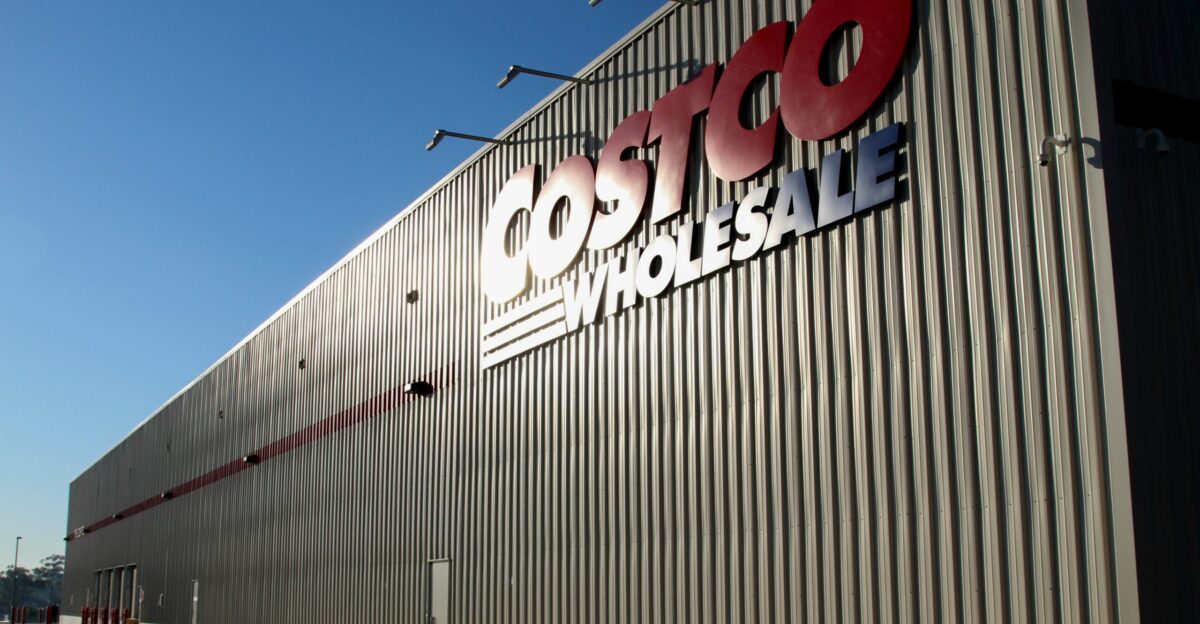
Costco’s samples have been a differentiator for decades. Before COVID-19, every warehouse had daily demo stations; each sampler followed a roughly five-step pitch (Smile–Invite–Talk–Give sample–Ask for sale) to turn tasters into buyers.
The strategy clearly worked: one industry study found free samples can spark up to a 2,000% surge in product sales. When the pandemic hit in March 2020, Costco paused demos entirely, laying off thousands of booth workers.
With safety measures lifted later, samples slowly returned – now behind plexiglass and in small batches (as CFO Richard Galanti described, “all samples prepared behind plexiglass… one at a time”).
That cautious restart shows how important both safety and sales are to Costco.
Policy Implementation

In July 2025, Costco began strictly enforcing the new child-supervision rule. Store teams were instructed flatly: “Costco will not give samples to children without an adult present—period.” Even a polite 7-year-old must step back if mom’s in another aisle.
This blanket enforcement stretches coast to coast. A TikTok employee at the Issaquah store even told viewers, “That’s my store! We are testing it… It is not to replace sample people” – a reassurance some doubt will hold company-wide.
For now, sample clerks carry clear directives: no lone children, no exceptions.
Costco frames it as common-sense allergy safety, and its earlier COVID-era approach (see above) suggests member health is the top priority.
Regional Impact
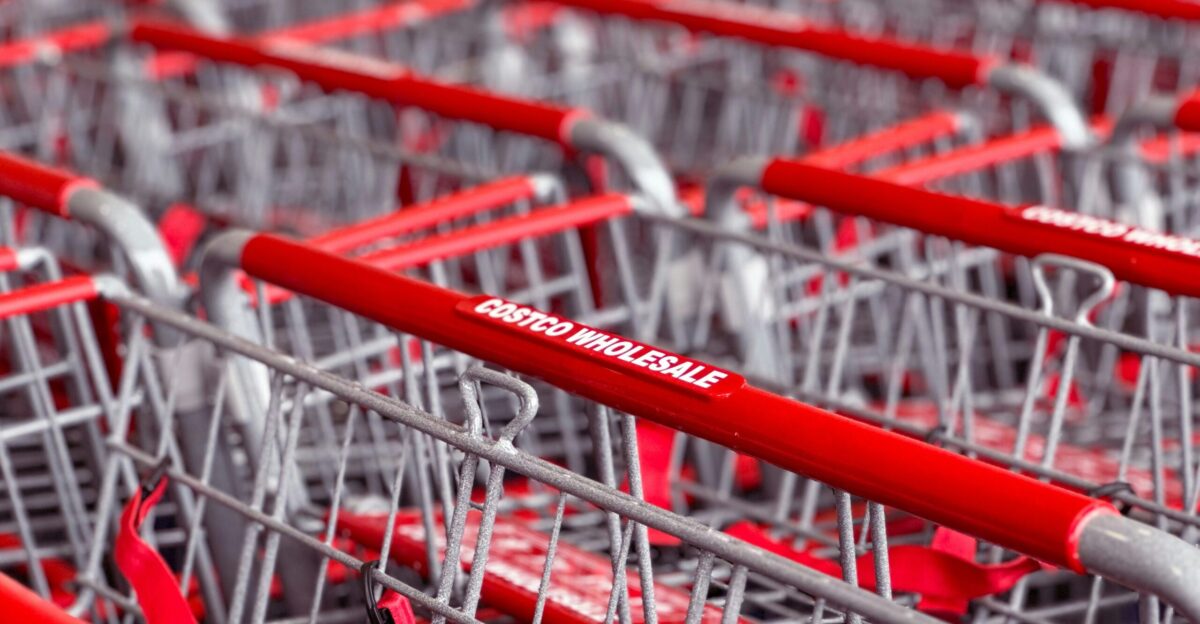
The new policy landed hardest in big-family markets. California – home to about 143 Costco warehouses– saw the most customer grumbling, especially on busy weekends.
Parents juggling giant carts and restless kids describe a logistical nightmare. “I’m trying to shop, not referee a snack tantrum,” joked one mother of three in Sacramento.
Texas and Washington stores (other sample-fanatic states) also reported confused chatter and longer lines at demo carts, as staff quietly reminded parents of the rule.
Managers at suburban clubs say front-line teams get more questions now, mostly: “Why the sudden change?”
Worker Stories
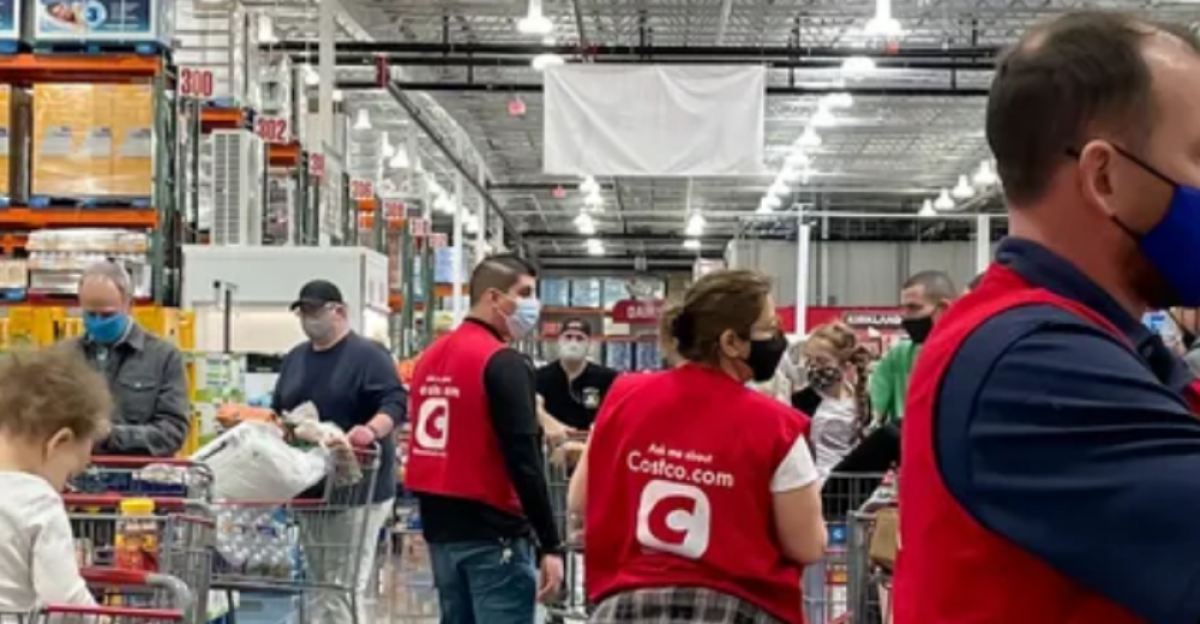
Among demonstrators, reactions are mixed. Many appreciate a clear rulebook, but others fear customer anger. One long-time sampler (a CDS worker) wrote on Reddit: “We have to follow what Costco tells us.
We need to have ample samples always ready to serve for the customers”, underscoring that staff are under pressure to keep carts full and police the new rule.
Meanwhile, sample workers are bracing for tech: commenters note the majority of their colleagues are retirees. As one Costco fan noted, “Most of our sample people were of retirement age… Like grandpas and grandmas.
Even if that just gave them a tiny bit of extra income, I would prefer that over this”.
Losing these part-time gigs, many say, would strip thousands of seniors of both income and social interaction.
Industry Response
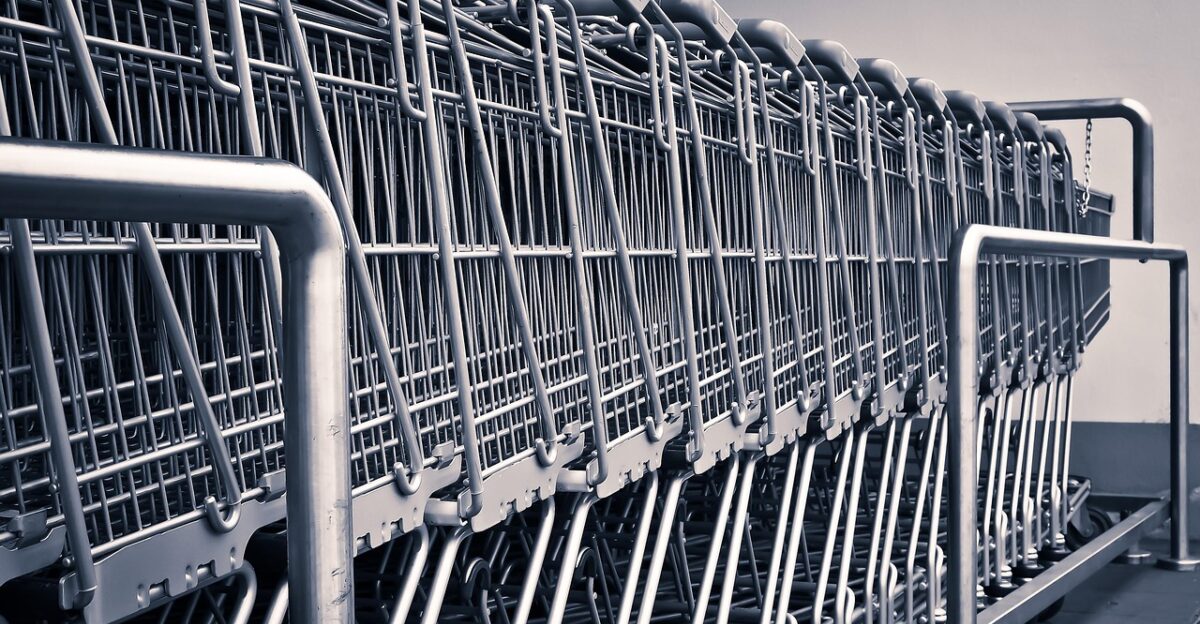
Across retail, Costco’s moves are a bellwether. Sam’s Club recently relaunched its “Taste & Tips” in-store sampling (suspended in 2020) and is experimenting with new formats.
In 2021, Sam’s CMO touted roaming sample carts and even a food truck tour. Sam’s has also trialed technology; Safeway and other chains already use self-service sample kiosks (tracking which snacks are available via apps like Freeosk).
BJ’s Wholesale Club, by contrast, still relies on human demos but has quietly discussed tech efficiencies.
Food vendors worry about these shifts: a machine can’t sing and chat over chicken skewers. Still, the industry trend is clear – if Costco’s experiments deliver results, other retailers will likely follow, transforming the in-store demo landscape nationwide.
Market Analysis

The economics strongly favor automation. At roughly $14–$15 per hour (with no benefits), a demo job is expensive compared to machine upkeep, especially when labor is scarce.
Analysts estimate that if self-serve sampling proves effective, thousands of part-time jobs nationally could vanish over time.
Labor advocates warn this would disproportionately hit older workers depending on flexible, low-stress gigs.
Costco itself seems to be gauging member tolerance: key metrics like sales conversion and customer surveys will likely drive its next moves.
Future Outlook
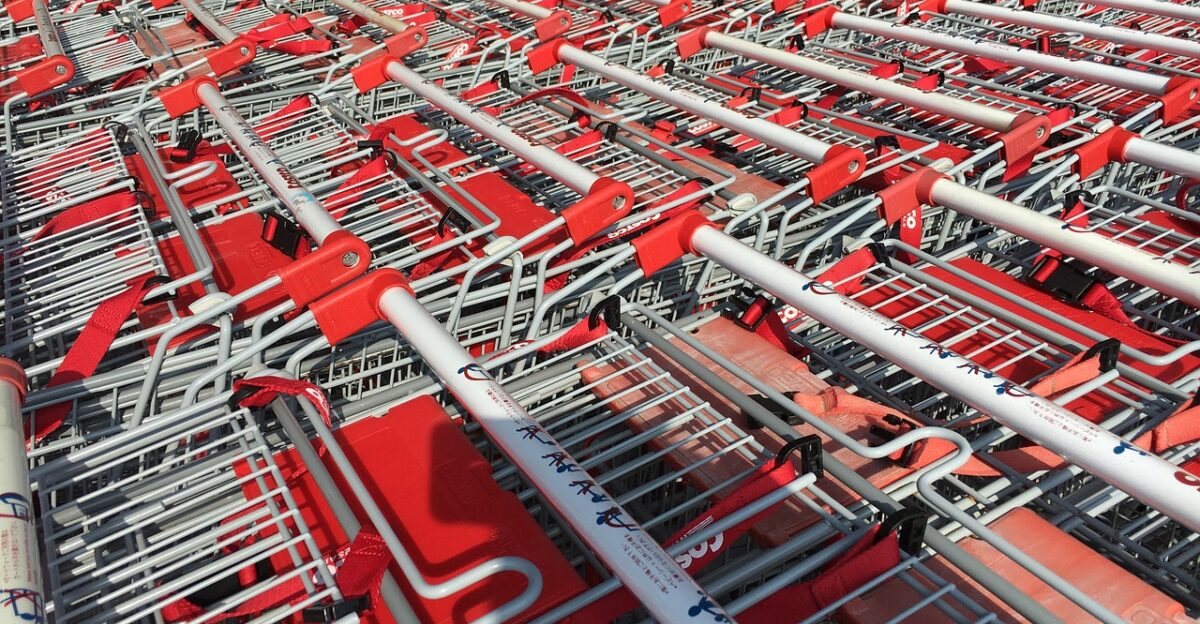
The big question: will Costco’s tech shift become the new normal, or will nostalgic shoppers push back? Early signals suggest a cautious balance. Some members have already voiced dismay at losing the human touch.
As one TikTok commenter complained, “No… I need to talk to my favorite lady with the accent… She makes me smile every time.”
That sentiment highlights the loyalty demo fans feel.
For now, Costco is testing its theory: each kiosk trial and policy tweak is measured for its impact on sales and satisfaction, not just headcount. If the numbers add up, kiosks and strict rules may spread to more warehouses.
Member Reactions
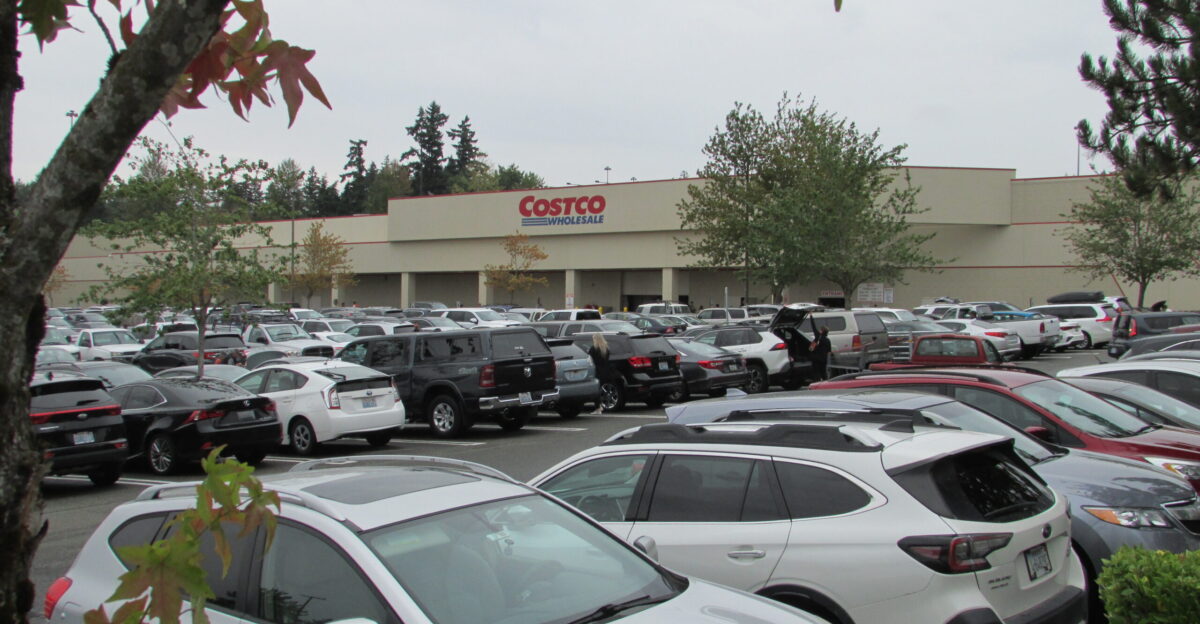
Costco shoppers are weighing in loudly. On social media and in-store feedback, opinions range from shrugging to storming. Some members actually like fewer crowds at demos: one wrote, “I prefer this… Don’t need to deal with people pushing you at the kiosk for a freebie,” reflecting relief at calmer aisles.
Others worry about layoffs: “Not sure I like it… but what concerns me is that employees are no longer doing this job. I hope no jobs are in danger,” a commenter noted.
Parents report confusion (“my 12-year-old asked for a sample, and I had to walk back to grab it”) while anti-waste shoppers applaud limits.
Overall, the new policy has become a hot topic on forums and at warehouse exit lanes, with members sharing tips and commiseration.
Costco’s Response
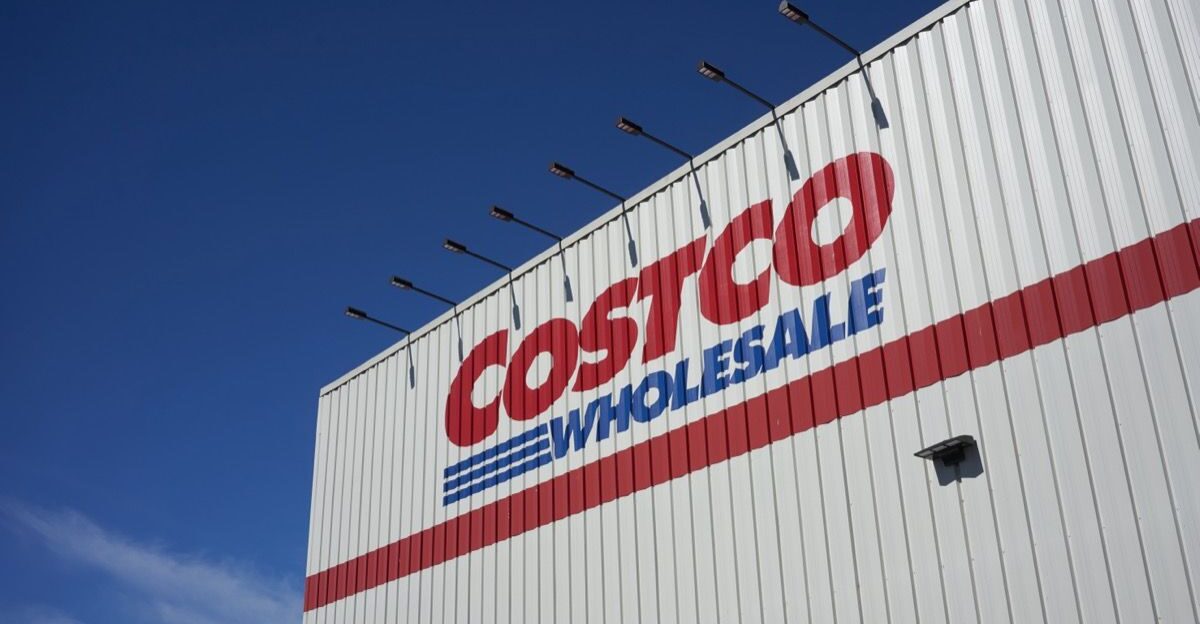
Costco’s top executives are staying mum on details but emphasizing safety. Last year, CFO Richard Galanti outlined how sampling would return: “the first wave of locations… by the first week of June” and “by the end of the month” for the rest, but under heavy protocols.
He stressed measures like plexiglass and smaller batches.
That earlier playbook suggests Costco sees samples as valuable (enough to revive quickly) but is laser-focused on control. Officially, Costco hasn’t explained the child rule beyond generic safety talk.
Internally, though, memos and manager meetings have reiterated that worker judgment calls are off-limits: the company wants a uniform rollout.
Tech vs. Tradition
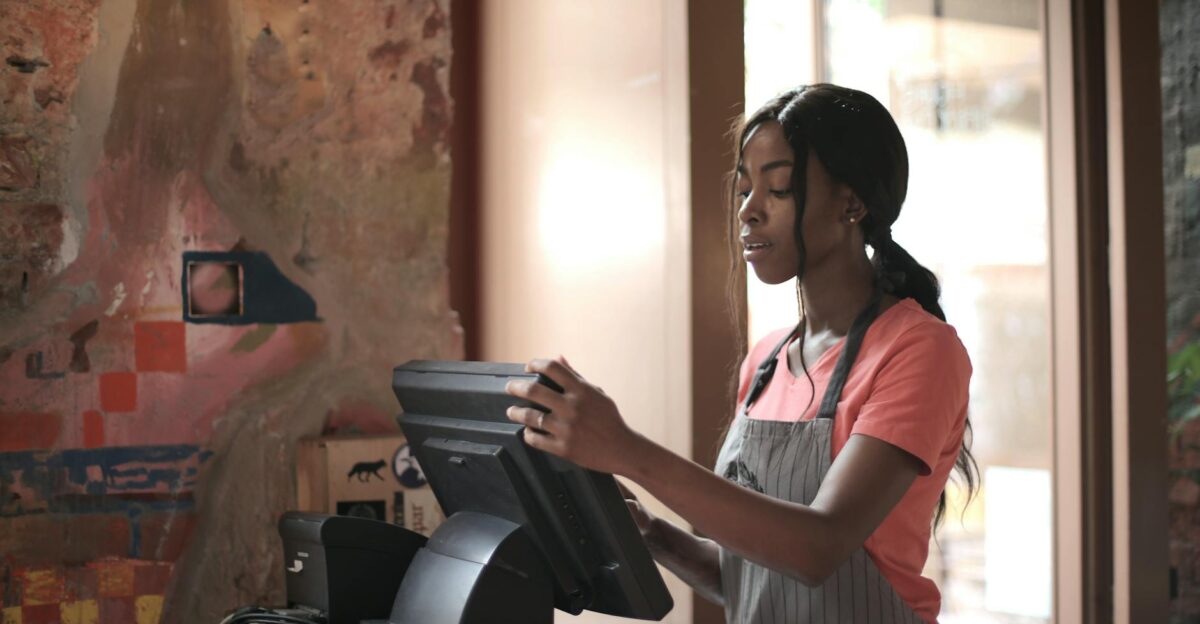
On the broader stage, Costco’s gamble reflects retail’s crossroads. Brick-and-mortar stores are increasingly automated: self-checkout machines, scan-and-go apps, even robot temp workers are now common. Sampling is part of that wave.
Tech has the allure of precision and savings – after all, as noted, kiosks are “cheaper” than paying wages– but it’s uncharted territory for sales impact.
Costco’s own data may hold the key: decades of work have made sampling science.
According to marketing research, handing out tastes is not charity but a profit engine – studies cite up to 2,000%lift in product sales from demos.
Human Cost
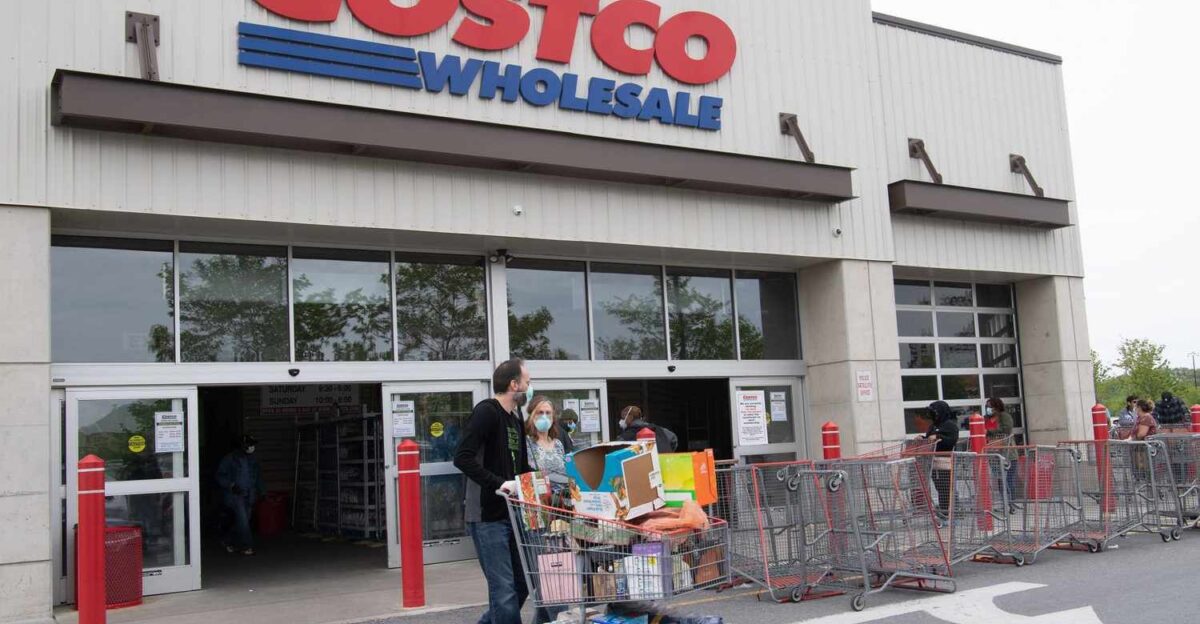
Behind these industry shifts are real people. For many demonstration workers, the carts are a lifeline – not just financially but socially. Most sample teams skew older, and they talk proudly of spending afternoons laughing with fellow seniors and meeting members.
Losing this work could mean isolation or financial strain.
Labor advocates and local lawmakers have started asking Costco what it will do for displaced samplers (for example, retraining into other store roles).
So far, Costco has not announced any re-skilling program, leaving those workers anxious. As one demonstrator put it, even a few extra sample dollars per day “gave them a tiny bit of extra income”.
Conclusion
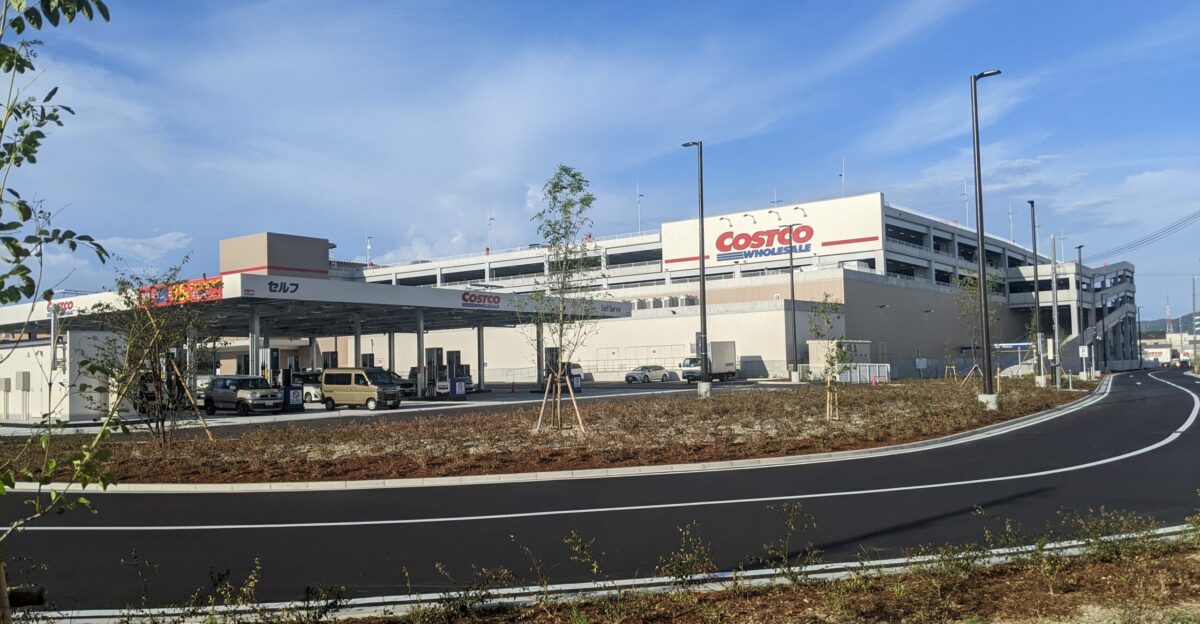
In the end, Costco’s sample policy saga may redefine the warehouse-club experience. The chain is testing whether modern efficiency can coexist with a beloved perk.
For years, sampling was “a science that Costco takes to the bank”– proven to fatten shopping carts and member happiness alike.
As the company rolls out its new rules and machines, it must balance the profit science against the human touch.
The coming months will show whether free cheese cubes and smiling samplers make a comeback, or whether a robotic future (with kid-free aisles) awaits.